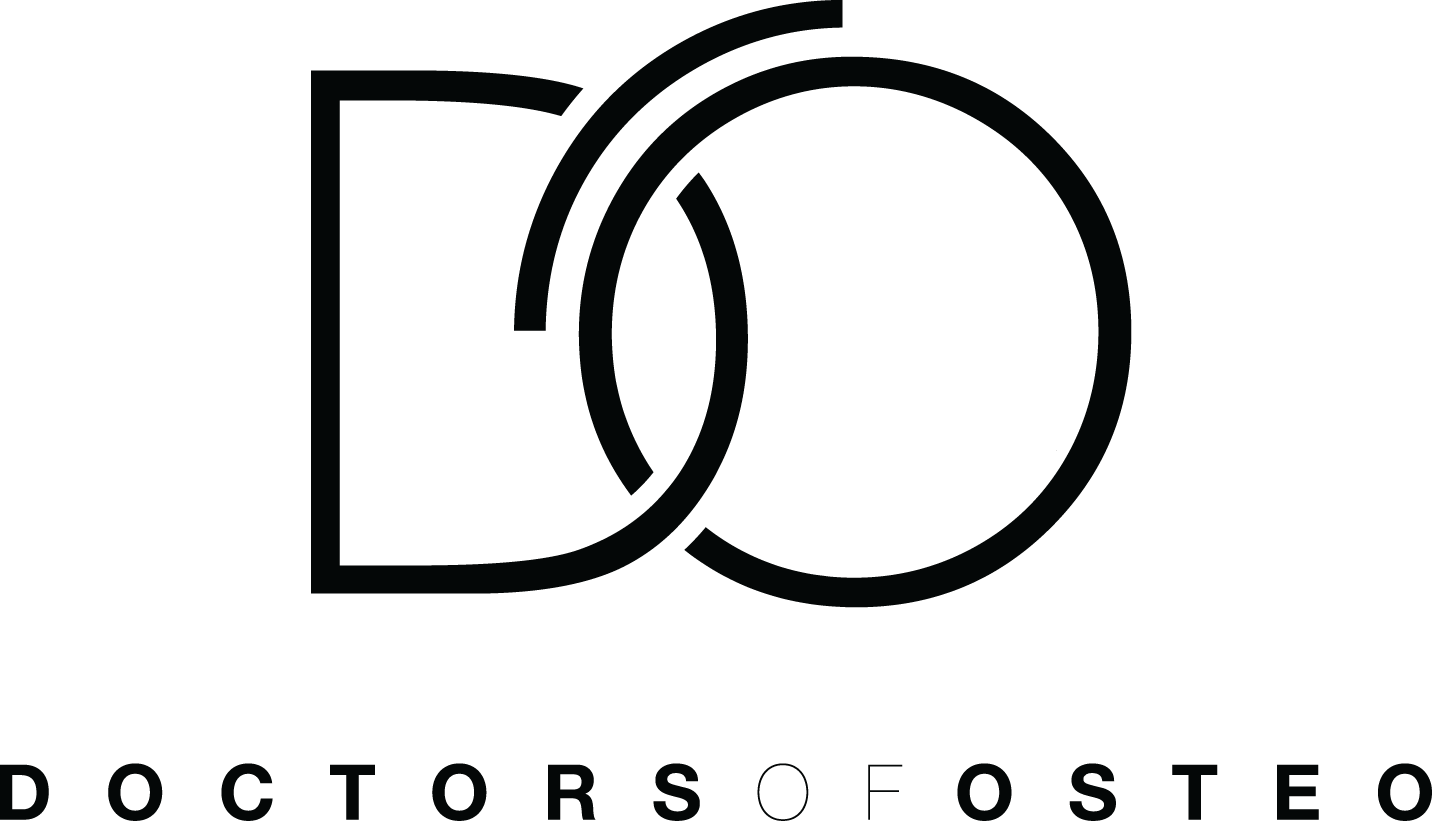Chondromalacia of the Knee (Knee Cap Pain)
What is Chondromalacia Patella?
Chondromalacia patella, also known as “runner’s knee”, is a painful condition of the knee where the cartilage on the undersurface of the patella (knee cap) becomes inflamed. This results in a dull ache and sometimes feelings of ‘grinding’ when the knee is flexed. The inflammation can be short-lived if assessed and treated early, but when left untreated, it can be a chronic/ long-term condition leading to knee cap pain. This chronic inflammation results in the softening and breaking down of cartilage leading to arthritis of the knee. The condition is common among young, athletic individuals and can be treated and resolved quite quickly. It may also occur in older adults who have been predisposed to arthritis of the knee.
How does Chondromalacia of the knee occur?
The cause of chondromalacia is continuous rubbing of the undersurface of the knee cap (patella) on the thigh bone. When the patella moves normally, it runs up and down a track called the trochlea groove, which is located on the thigh bone. When abnormal forces pull the patella more to the left, right or compress it against the thigh bone, it causes friction and consequently inflammation.
What does Chondromalacia Patella feel like?
Possible symptoms of Chondromalacia of the Knee include:
Dull or aching pain in the knee or knee cap
Tenderness
Grinding/ cracking when bending or extending the knee
Pain may worsen after sitting for prolonged periods of time/ during activities that apply a great deal of pressure to your knees, such as standing for an extended period of time
Swelling
What causes Chondromalacia of the knee?
Overuse: The condition is notoriously known as “runners knee” as the patella is constantly sliding up and down the trochlea groove when running. Any minor deviation over a long run can build up friction and result in inflammation. This can occur in almost any sport where you have to move your legs such as skiing and jumping.
Poor alignment: Some patients are born with an abnormal trochlea groove which is a congenital condition.
Muscle imbalance: The muscles of the thigh (mainly the quadriceps which is a group of four muscles) control the movement of the patella. If there is an imbalance and one side is creating a stronger pull than the other side, this can lead to the patella deviating and rubbing against the trochlear groove.
A direct blow or trauma: Trauma to the kneecap can result in inflammation to build in the undersurface of the patella.
What is the grading system of Chondromalacia Patella?
Grade 1: Softening of the cartilage in the knee area.
Grade 2: Softening of the cartilage along with abnormal surface characteristics. This usually indicates the beginning of tissue erosion.
Grade 3: Thinning of cartilage with active deterioration of the tissue.
Grade 4: The most severe grade, indicating exposure of the bone with a significant portion of cartilage deteriorated. Bone exposure means bone-to-bone rubbing is likely occurring in the knee.
What treatments are there if you have Chondromalacia of the knee?
The course of treatment depends on the cause of the chondromalacia. If it is due to trauma you may want to seek osteopathic assessment as fractures and other injuries sustained by trauma need to be ruled out. If it is due to overuse then physical therapy, coupled with a home management plan, is ideal. If it is due to degeneration of the knee, your osteopath will assist in managing your pain as well as strengthening the supporting structures to take the pressure off the knee.
What can I do at home to treat Chondromalacia Patella?
Rest/Ice: and keeping your foot alleviated, will help get rid of the inflammation.
Avoid painful activities: Your practitioner will help you identify the movements to avoid along with any sporting activities that contribute to the condition and your knee cap pain.
Medication: Non-steroidal Antiinflammatories (NSAIDs) such as aspirin, ibuprofen and naproxen can reduce the inflammation and pain in the area.
Bracing and Taping: There are many different types of taping methods and braces for chondromalacia. It is important to note that many of them should not be worn at night or while resting as this can lead to decreased circulation and swelling of the foot and ankle.
Exercises and stretching: Your osteopath will be able to identify the muscles that may be weak or too tight and causing the deviation of the patella. They will then prescribe a specific exercises regime to tackle these imbalances.
Do I have to have surgery if I have Chondromalacia of the knee?
If the knee has a congenital defect causing pain and dysfunction then the risks and benefits of surgery may be discussed with you by your general practitioner and orthopaedic surgeon. If the knee pain is due to overuse, arthritis or trauma, then the more conservative approach is taken before considering invasive surgery. Surgery can involve the releasing of tight ligaments to allow better alignment or shaving/ smoothing of the cartilage. Sometimes the bone where the patellar tendon inserts onto can be moved to allow for better tracking. In rare cases, the patella can be removed completely as the knee can still function without it.
Can Osteopaths treat Chondromalacia Patella?
Your osteopath will assess your knee and may order radiographic imaging to assist with the correct diagnosis and prognosis (tissue healing time).
We will also identify the actions in your day-to-day life, which may be contributing to your condition.
Individualised soft tissue, joint manipulation and adjunct treatment techniques will be implemented during your 45min appointment to promote tissue healing and fluid movement.
A comprehensive exercise rehabilitation program will be implemented to treat the underlying cause of chondromalacia patella.
There’s no need to put up with knee cap pain. Contact Doctor’s of Osteo today to book an appointment with one of our qualified osteopaths.
Providing healthcare with our osteopaths near me in Hawthorn, Hawthorn East, Kew, Balwyn, Canterbury, Camberwell, Camberwell East, Richmond, Malvern and Glen Iris.


